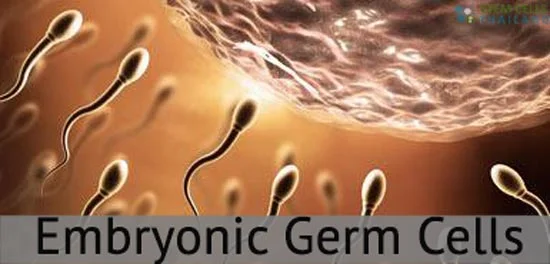
The word “In vitro” Latin translation, is simply “in glass.” In modern times this means an in-vitro environment is simply in a test tube or laboratory dish that holds the cell culture medium or substance necessary to perform a culture test or fertilization.[1] In vitro fertilization (IVF) is a medical procedure in which eggs and sperm are combined outside the body to create embryos. These embryos are then implanted in the uterus in hopes of achieving a successful pregnancy. IVF is a common treatment for various forms of infertility.
After the transfer, the woman is usually given medications like progesterone to support the uterine lining and enhance the chances of embryo implantation. About 10-14 days after the embryo transfer, a blood test is performed to determine if implantation has occurred and the woman is pregnant.
Additional points to consider:
Over the years, IVF and related technologies have evolved and improved, providing hope and a solution for many couples struggling with infertility.
In vitro fertilization or IVF pertains to the artificial method of uniting the sperm with the egg. [2] In-Vitro or IVF treatments are usually performed in closed system laboratory environment by Stochastic Differentiation and directed self differentiation instead of the “traditional” and natural process that occurs in a human female body.
IVF treatments are typically used by families who are having difficulties conceiving. IVF is also a way to clone embryonic stem cells and in genetic Pre-Implementation Diagnosis testing or PGD testing for short. PGD when combined with IVF genetic screening can allow us to screen over 130 know genetic deficiencies and diseases as early as 8 days after artificial conceptions.[3]
[1] ^ Fauser, Bart C J M, and Gamal I Serour. 2013. Introduction: optimal in vitro fertilization in 2020: the global perspective. Fertility and sterility, no. 2. doi:10.1016/j.fertnstert.2013.06.029. https://www.ncbi.nlm.nih.gov/pubmed/23905706
[2] ^ Iyoke, C A, G O Ugwu, F O Ezugwu, L O Ajah, and S G Mba. The role of ultrasonography in in-vitro fertilization and embryo transfer (IVF-ET). Nigerian journal of medicine : journal of the National Association of Resident Doctors of Nigeria, no. 3. https://www.ncbi.nlm.nih.gov/pubmed/24180141
[3] ^ Jin, Hai-Xia, Zhi-Min Xin, Wen-Yan Song, Shan-Jun Dai, and Ying-Pu Sun. Effects of human cumulus cells on in vitro fertilization outcomes and its significance in short-term insemination. The Journal of reproductive medicine, no. 1-2. https://www.ncbi.nlm.nih.gov/pubmed/23447919
If you've seen people take ice baths or cold showers and wondered if they're onto… Read More
Immunomodulation stands at the forefront of biomedical research, steering the immune system's ability to fight… Read More
Stem cell research leads the charge in medical innovation, heralding revolutionary advances in regenerative medicine.… Read More
The blood-brain barrier (BBB) is a crucial shield for the brain, regulating the entry of… Read More
While peptide bonds are fundamental to protein structure, their direct relationship with stem cells lies… Read More
When discussing cutting-edge cancer treatments, NK cell therapy stands out due to its unique approach… Read More